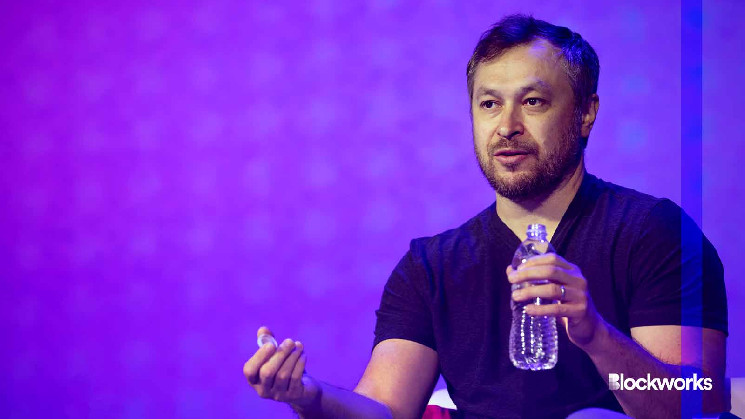As blockchains grow in size, the costs of transactions and block space decrease. The 2022-2023 bear market was characterized by a continued infrastructure buildout to lay the foundation for future growth.
Yet there are plenty of discussions about the best way to scale up; they often fall into one of two camps.
One is ‘modular’, with its standard bearers Ethereum and Cosmos. The other is ‘monolithic’ and is dominated in the crypto zeitgeist by Solana – although they prefer the term ‘integrated’.
An essay published on Friday by pseudonymous Ethereum lawyer Polynya, which criticizes monolithic blockchains without naming them, has been interpreted by many as a veiled criticism of Solana.
The criticism comes against the backdrop of growing interest in the network, fueled by a significant rise in the price of Solana’s native cryptocurrency (SOL), which has risen 140% in the past month and has a market capitalization approaching $25 billion.
While Solana is often praised for its high transaction speed and low fees, it has been criticized in the past for network instability, including outright outages, and high hardware requirements to run validating nodes.
In response to perceived shortcomings, Solana co-founder Anatoly Yakovenko has acknowledged some network flaws, but claims that the Solana community has been working hard to fix them.
Yakovenko sees these challenges as part of the network’s growth and compares them to historical problems faced by other major networks such as Ethereum and Bitcoin.
Plans include the mid-2024 launch of Firedancer, the first independent validator client software for Solana (Ethereum has 5), which is expected to increase throughput to as much as a million transactions per second (TPS) in the future.
Yakovenko, in response to Polynya’s specific criticism, argued that the natural growth of computing power combined with falling costs as hardware becomes more commonplace will allow Solana to meet its needs with aplomb.
Nowadays you can literally ask Google to do all the calculations for you.
(1gbps * 1 year * $0.64/terabyte * 100,000 boxes)/(1000 user txs per second * seconds per year) = $0.008
That’s less than 1 biden cent per user transaction to cover the cost of a sustained load of 1 gbps per 100k… https://t.co/ffnGFa7Ucz
— toly
(@aeyakovenko) November 17, 2023
Polynya’s essay also calls for advanced technologies such as validity proofs and data availability sampling to meet scaling requirements, predicting that “any monolithic blockchain that seeks scale will upgrade to technologies such as validity proofs and data availability sampling, or that this will be a risk. [obsolescence].”
Solana developer Mert Mumtaz, CEO at Helius and co-host of Blockworks’ Lightspeed podcast, responded that Solana could embrace both vertical and horizontal scaling.
I think you have some good points here that are worth talking about – but the solutions you propose seem to contradict the problem you want to solve.
You don’t really mention the negative trade-offs of your approach here, do you? as Toly said,…
— mert | helius.dev (@0xMert_) November 17, 2023
Polynya further lamented the crypto industry’s disproportionate focus on infrastructure over user onboarding – and a lack of applications that fit the product market – which Mumtaz derided as the pot calling the kettle black.
> The overwhelming bottleneck has been application and user onboarding for more than a few years, and with each passing day the gap between supply and demand widens
Doesn’t this contradict the entire message?
L2’s and bridging have proven to be extremely bad…
— mert | helius.dev (@0xMert_) November 17, 2023
Endgame
Ultimately, this dispute revolves around the question of what is the modus operandi of using a blockchain?
“The whole point of a public blockchain is lost if you can’t withstand worst-case scenarios,” Polynya wrote. “[10,000 nodes] is not enough, and we should aim to have 100,000 nodes in different types of places around the world. We need nodes in homes, schools, government buildings – in big cities, in villages, in Chile, in Papua New Guinea and ultimately in space.”
Solana currently has between 2,000 and 3,000 nodes.
“It’s fine to have a monolithic blockchain today, the technology to get past its crippling limitations didn’t exist five years ago,” Polynya concludes, with the caveat that the industry will “inevitably converge” toward a design that proves validity and data availability used. sampling.
“This is the only currently known way for the blockchain world to reach our endgame of global scale, all verified on our mobile phones.”

